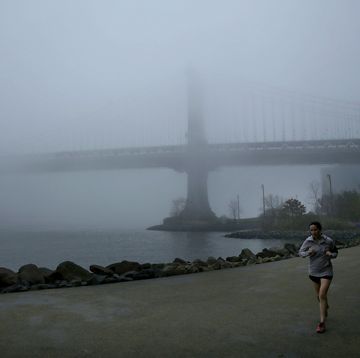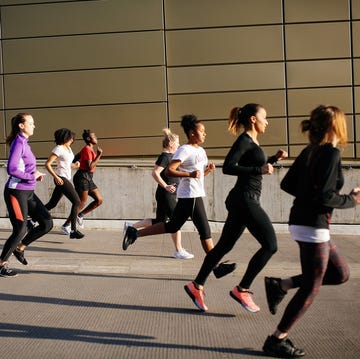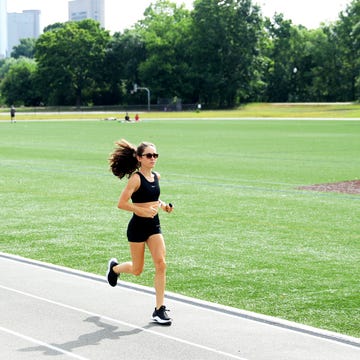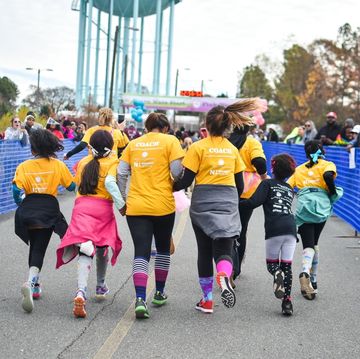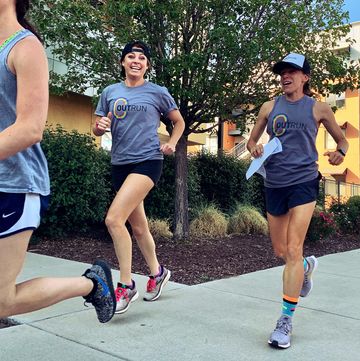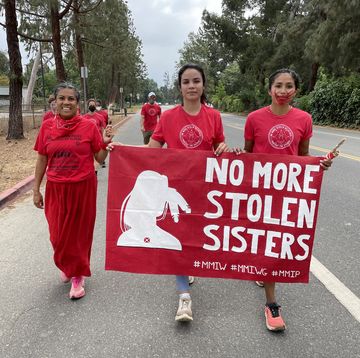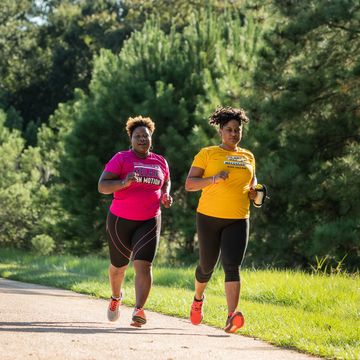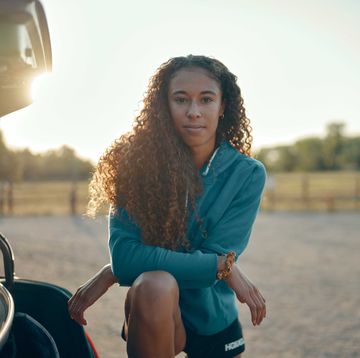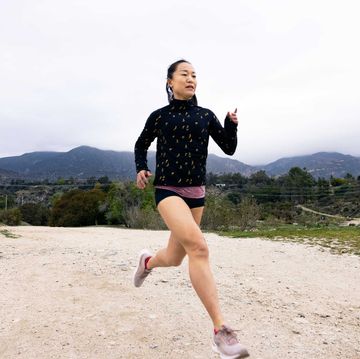Harassers can strike even on seemingly safe runs. Still, there are some common characteristics that generally make an area safer. “Crime Prevention Through Environmental Design (CPTED) is a series of strategies for how we design places to look and feel safe, and deter criminal activity,” says Alison Bourquin, a runner and landscape architect, urban planner and urban designer in Glenwood Springs, Colorado.
A growing body of research suggests they’re effective in reducing both crime and fear of it. Look for these elements when choosing where to run:
Good Visibility
“If we have a wide field of vision and we can see those things that might be threats or dangers to us, we feel safer than if we’re in a narrow, constricted space with blind spots,” Bourquin says. For example, a wide city sidewalk is better than a dark alley or breezeway where you can’t see if there’s someone hiding in a corner. A straight trail is better than one with a lot of switchbacks.
More From Runner's World

Good Lighting
Look for ample and evenly placed lighting—usually every 100 to 200 feet. Ambient light from city buildings is helpful too. If you’re in a rural area, it can get really dark, so wearing a headlamp is a good idea.
Regular Maintenance
Tidy trails, parks, or city streets signal a sense of ownership and tells would-be criminals that people are taking care of the space. Litter or uncut lawns, on the other hand, lend an air of deterioration and a tolerance for disorder—and have been associated with higher crime, a 2015 study in Baltimore found. Overgrown landscaping also gives people places to hide, Bourquin says. While trimmed landscaping allows for “eyes on the street”—more visibility into a space.
Extra Eyes
The more people in the area, the less likely you are to be targeted and the greater the likelihood that someone will respond if you’re in danger, Grattan says.
The Runners Alliance is an initiative to help make running safer for women. Read more tips, strategies, and personal stories here.



